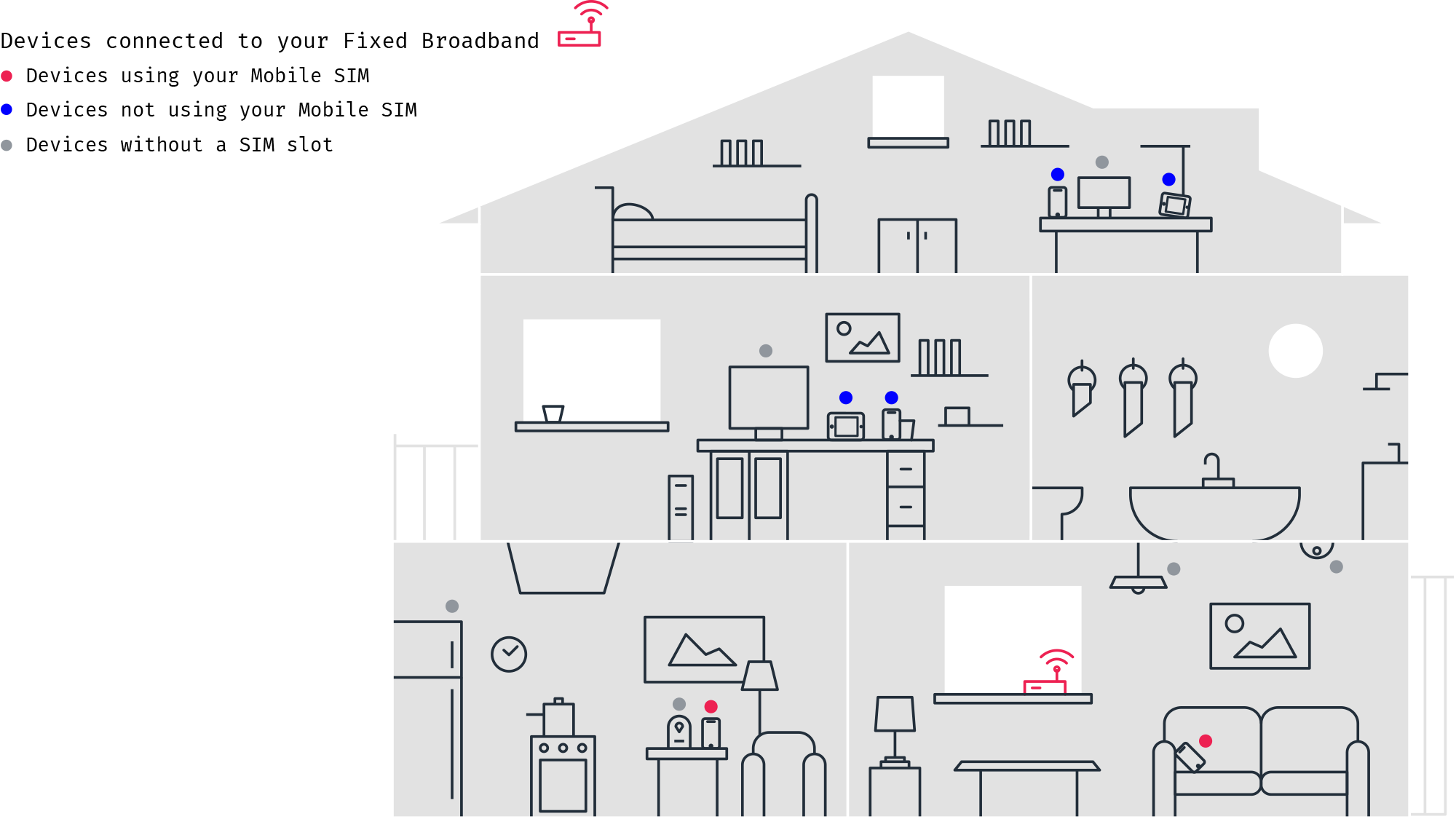Deep Analytics: How Operators Can Avoid
Being Data Rich, But Information Poor

The rise of the Internet shows no signs of slowing down. It’s been estimated by the GSMA that the number of new users being connected to the Internet will grow at an annual rate of 7.5 percent. Since 2015, traffic per user grew at a rate of 27 percent per year, with almost 80 percent of that being driven by video traffic.
These numbers come as no surprise to those of us on the network side. We know that our networks are being pushed to new limits. But what will bring water to our eyes is that pay-for-online services such as Disney+, gaming, or music streaming will soon exceed $1 trillion in revenues. But those charged with ensuring high-quality connectivity so that their customers enjoy these gaming and streaming services only see a return on investment in infrastructure of between six and 11 percent. So how can communications service providers (CSPs) bridge this gap and take a bigger share of the pie of this Internet boom?
It all comes down to utilizing the network and customer experience data that CSPs have access to every day. By connecting the dots with deep analytics, CSPs can make better network and customer experience decisions. This data enables them to build better networks to deliver superior customer experience, better engage with customers, and uncover new digital monetization opportunities.

Figure 1: Accurately counting devices
The edge challenge
Let’s start at the edge. Managing performance at the network edge continues to challenge CSPs due to local traffic routing. Where traditional monitoring solutions built for a core network’s centralized architecture fall short is they cannot provide the necessary visibility to support services, such as remote surgery, that require real-time analysis, processing, and communication at high speeds.
Instead, CSPs require 5G edge analytics that probe local traffic and interconnect with the core to provide visibility on edge user plane data and the corresponding control plane and back to the core. By doing so, CSPs can exploit traffic tracing, control plane logs, and KPIs functionality to provide a holistic and in-depth view of the entire network. This view enables CSPs to conduct connectivity monitoring with QoS metrics, identify network issues, and reduce maintenance interventions via remote validation of device status to identify non-authorized devices. With 5G edge analytics, CSPs have the necessary firepower to manage the increased demand for throughput, latency, and connected devices that 5G will encourage.
Eliminating network blind spots
The ability to identify unauthorized devices is key. Have you ever wanted to know which customers present the best multi-play household revenue opportunity but have been unable to reconcile a subscriber’s fixed and mobile views? Households, which typically subscribe to fixed services, and mobile subscribers belong to two distinct, hard-to-reconcile domains of identification. As soon as the mobile subscriber enters their front door and leaves the mobile network for the fixed one, the subscriber vanishes from the converged view. This is because CSPs cannot identify which mobile users latch, over Wi-Fi routers, onto fixed home broadband connections because mobile devices send very limited unique identifiers when running on Wi-Fi. In addition, user-agents cannot be used to identify devices as two devices of the same model can



















